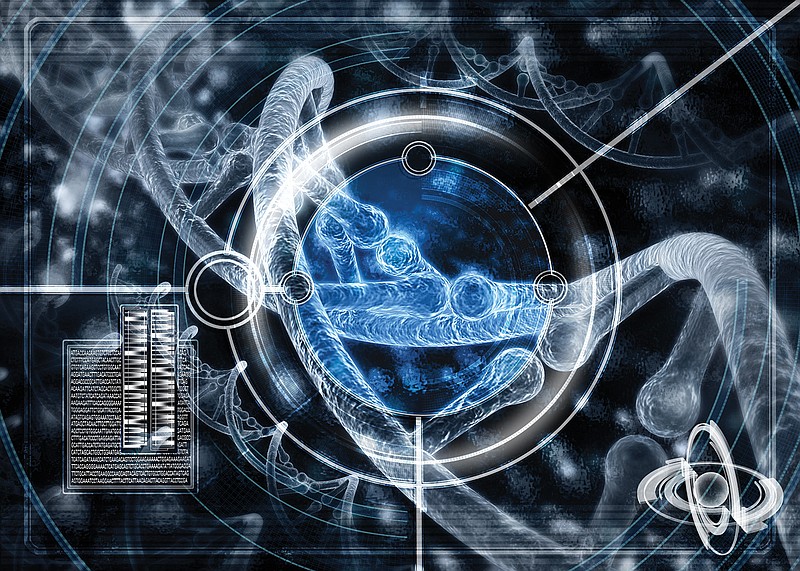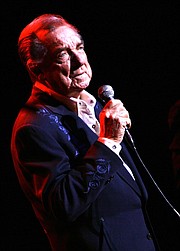MOUNTAIN VIEW, Calif.-Silicon Valley ancestry-testing firm 23andMe claims to have DNA from more than 2 million consumers, and its spit tests for insights into family history and health were top sellers on Amazon this past holiday season, but its ancestry test and those from three other companies produced drastically different results, a new report said.
"23andMe's ancestry results were the most confounding of all," said Kristen Brown, writing in Gizmodo about her efforts to uncover the secrets of her ancestry via tests from 23andMe, Ancestry.com, National Geographic and Gencove. "It found that I was only 3 percent Scandinavian, a number that, based on my recent family history, I know is flatly wrong."
In interviews and emails Tuesday with Bay Area News Group, three of the four companies defended the value of their services but acknowledged limitations in accuracy of results.
A professor who closely watches the industry, however, said the companies were misleading consumers about products potentially damaging to families.
Brown received test results that varied widely as to how Scandinavian she was, and although testing firm Gencove reported that 8 percent of her DNA was from the Indian subcontinent, 23andMe said she had no South Asian DNA.
"Four tests, four very different answers about where my DNA comes from-including some results that contradicted family history I felt confident was fact," Brown wrote in the article published Tuesday.
Company representatives on Tuesday made it clear that the popular DNA ancestry tests-ranging in price from $60 to $100-produce estimates, rather than certain results.
A Gencove spokesman told this news organization by email that the company-which holds DNA information on "tens of thousands" of people from public databases and its own customers-had "only a limited view of the genetic diversity across the entire world."
When a new customer has ancestry unlike anyone profiled before, the algorithms that assign ancestry usually make a "best guess," which is "usually close but imperfect," Gencove spokesman Joseph Pickrell said. "The more people that take these tests, the better (the test results) will get."
In an email, 23andMe spokesman Andy Kill said the Mountain View firm was "very confident" in the results reported to customers. The conclusions on ancestry depend on the degree of confidence the company has that a person's DNA points to a particular country or region, Kill said.
"If we're confident enough to make a country-specific assignment to a portion of your DNA, that's what we'll do," Kill said. "In cases where we can't be country-specific but are confident in the region, we'll make a broader region-level assignment."
That explanation suggests that Brown's 23andMe result indicating she was 3.1 percent Scandinavian-in spite of her "very Norwegian" father-and 41.9 percent "broadly northwestern European" reflects high confidence by the testing firm that she was that percentage Scandinavian, and that 23andMe considered it highly likely she was nearly 42 percent northwestern European-which could include more Scandinavian ancestry that could not be confirmed.
"We may not be confident enough to say a stretch of your DNA is Scandinavian, but we do know it's from that region of the world, so it will be assigned broadly northwestern European," Kill said.
As 23andMe increases the size of its DNA database and gathers more population data, "the results will be more and more refined to country-specific levels versus broader assignments," Kill said.
Gencove's Pickrell admitted that it was "sometimes unclear what the 'correct' answer about someone's ancestry is."
Variation among results from different DNA ancestry tests can depend on where a person's ancestors came from, and companies' different data sets and methodologies-meaning it's harder to sort out ancestry when a person's forebears come from different places that nonetheless have populations that are mixed together genetically, Pickrell said.
"A test for 'Irish' versus 'French' ancestry is very sensitive to the exact methods and data used, while a test for 'East Asian' versus 'European' ancestry should give the same results no matter the method or data," Pickrell said.
An Ancestry scientist noted that while Brown's article showed a graphic displaying a 28 percent northwestern European result, she and other users can click on such results to reveal how closely the company believes it has hit the mark.
"Your DNA doesn't change, but our estimation procedures are kind of a learning experience," said Jake Byrnes, Ancestry's senior manager of population genomics.
"While we think you're, say, 20 percent Irish, it could be as low as 5 (percent) and it could be as high as 35 (percent)," Byrnes said. "That range will vary depending on that particular estimate and also on other populations that make up who you are."
National Geographic did not immediately respond to a request for comment.
The commercial DNA tests for ancestry are more toys than scientific tools, and the industry knows it, said Charles Seife, a journalism professor at New York University who closely watches the DNA-testing business.
"There's a degree of 'wink-wink, nudge-nudge' that this doesn't really work as well as advertised," Seife said in a phone interview. "A lot of this stuff is really for entertainment only."
In failing to highlight their products' limitations, the DNA-testing companies are "misleading" consumers about the accuracy of results that could damage families, Seife said.
"People are questioning their ancestry and the tales their parents or grandparents are telling them. People start thinking affairs: 'The test tells me I'm 24 percent Native American, then that means my father isn't who he says he is.'"


